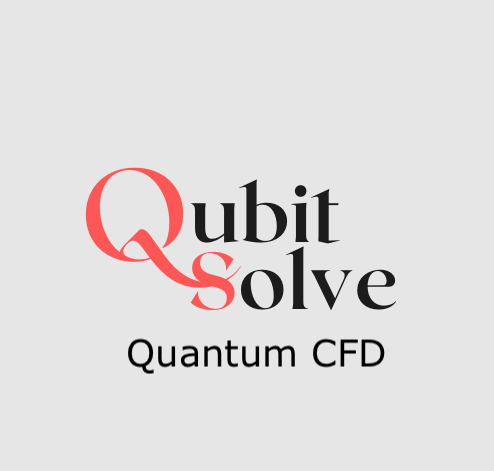
JPMorgan Chase (ticker: JPM) ran Honeywell’s quantum computer through its paces, publishing data last week about one of its quantum-computing experiments that could help the financial industry protect accounts and make better investment choices, according to Barron’s.
The authors posted their findings on arXiv, an open-source site for researchers. Papers on arXiv typically are awaiting peer-review.
“In this paper, we present a novel, canonical way to produce a quantum oracle from an algebraic expression,” the authors of the JPMorgan paper wrote.

According to Microsoft, a quantum oracle is a “is a black box operation that is used as input to another algorithm.”
In this example, the oracle is used to ease the complicated math when working with fibonacci numbers compared to traditional computing systems. Fibonacci numbers, which form a sequence in which each number is the sum of the prior two, have applications in investing and information security, among other areas.
The team ran their experiment on the new Honeywell computer based on trapped-ion technology.
Just before the JPMorgan paper was released, Honeywell announced it had created the world’s most powerful quantum computer.
The computer has a quantum volume 64. According to the article, quantum volume is an industry term. The number 64 comes from 2 raised to the power of 6 — or 2x2x2x2x2x2. Six qubits, then, can have, essentially, 64 states at once.
Currently quantum computers can still be beaten in most applications by traditional computers. But quantum power is growing at a dizzying rate.
Zapata partnered with Honeywell to help develop quantum programs, applications and algorithms and helps with the software running on Honeywell hardware used by JPMorgan.
Christopher Savoie, founder and CEO of quantum computing firm Zapata Computing, told Barron’s quantum computing’s initial advances, like this team’s study, are a little like the Wright Brother’s initial 600-meter flight in Kitty Hawk, NC. It might not seem like much, but could be just the start — and progress is increasing much faster.
“The capability of [quantum computing] is exponential,” Savoie told Barron’s. There is a hockey-stick-like pattern that develops as more q-bits are added to the system. “It will be tough to find an area of human activity where this won’t help.”
The JP Morgan research team included Austin Gilliam, Marco Pistoia and Constantin Gonciulea

















